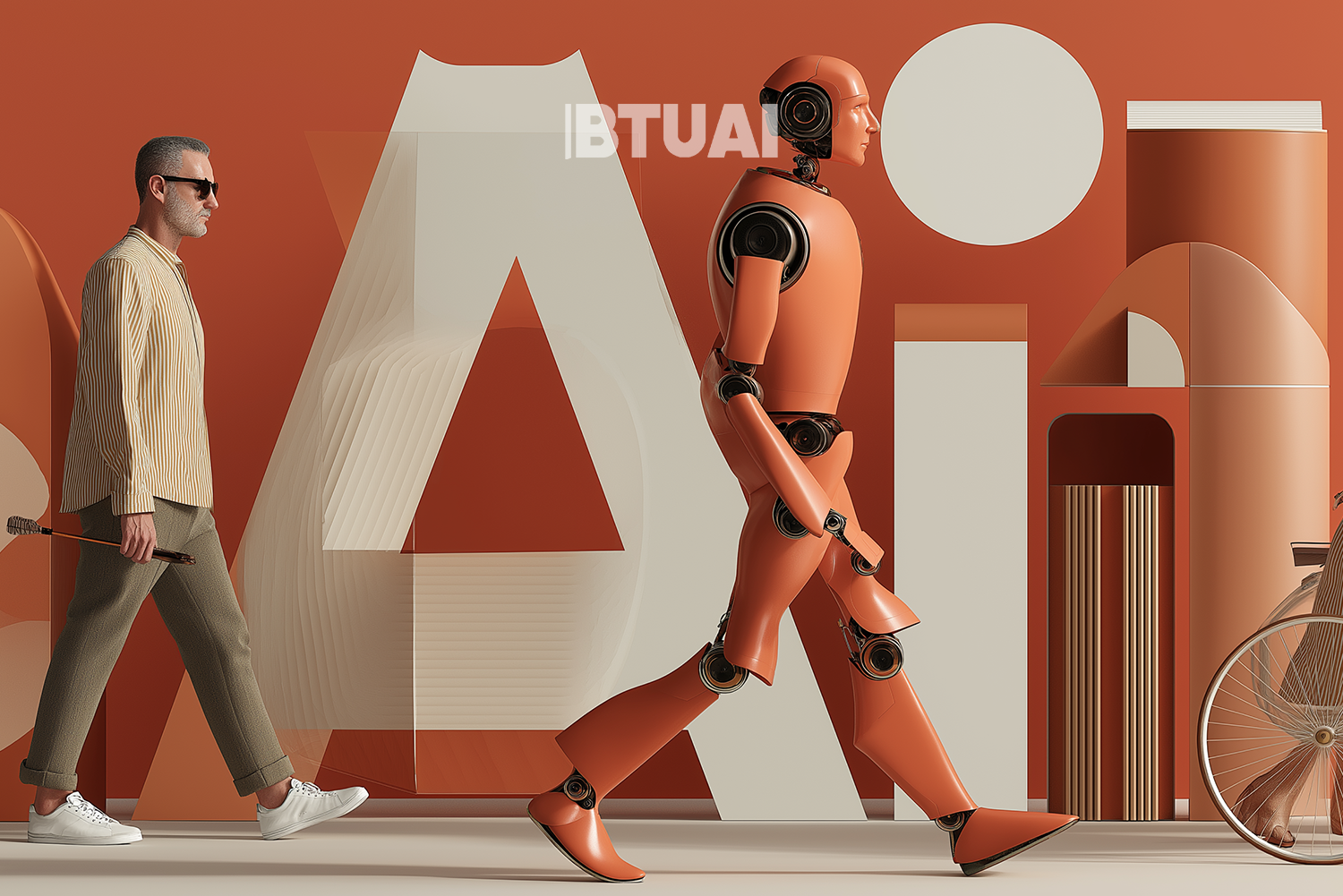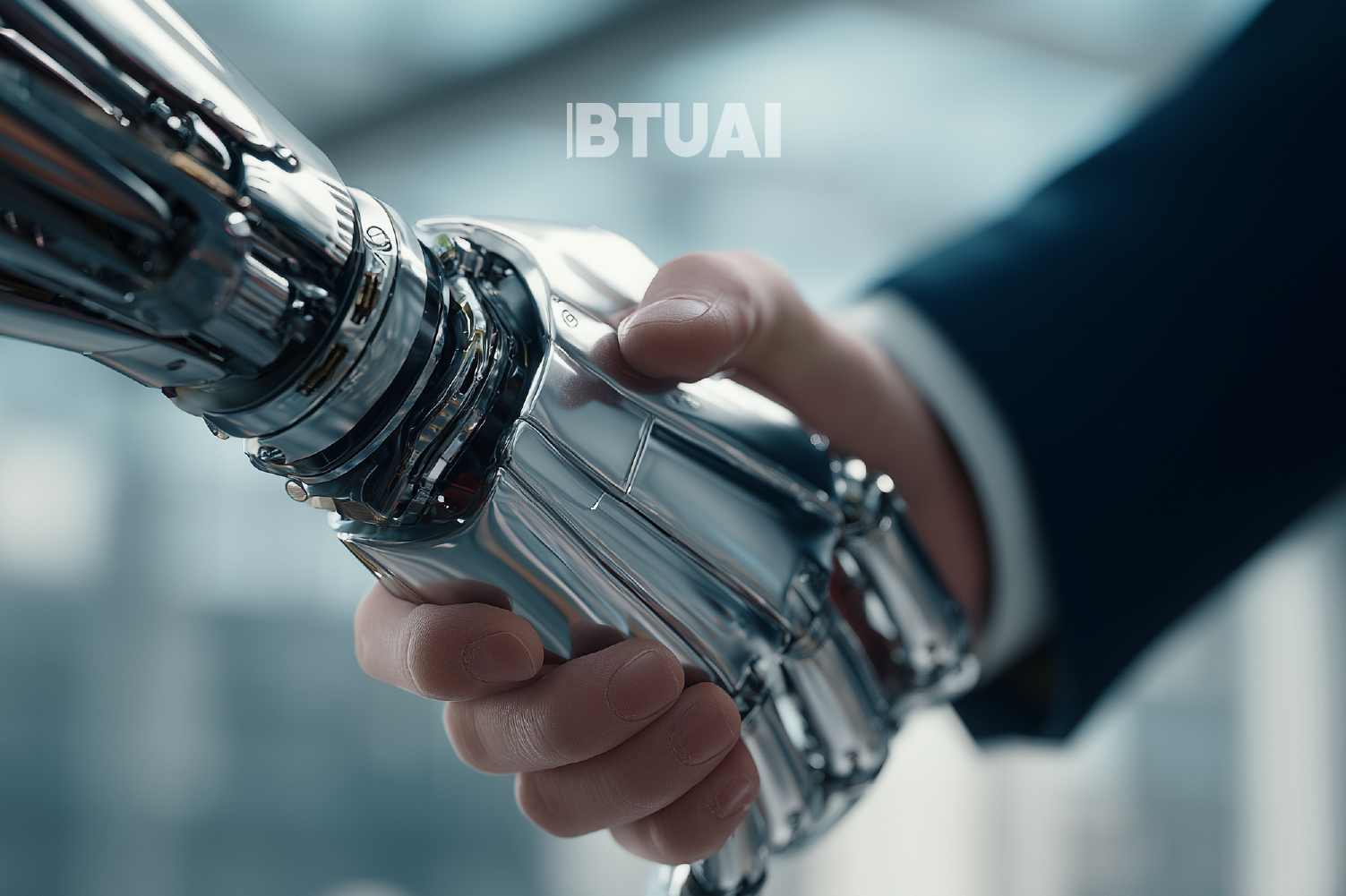Branding in the Age of Artificial Intelligence
Artificial intelligence technologies have entered a new phase, where standing out in the market is no longer determined solely

Artificial intelligence technologies have entered a new phase, where standing out in the market is no longer determined solely by the strength of algorithms or the speed of models. Today, the brand has become the main weapon for competition. Those who once prioritized product superiority — speed, volume, accuracy — are now being overtaken by those who create the strongest brands and identities, ones that consumers instantly recognize, trust, and associate with emotional experiences.
Under these new rules, success is no longer dictated by the release of a new feature or a smarter model. The market is already saturated with dozens of similar capabilities, where consumers can barely distinguish which one is technically slightly better. Instead, they immediately gravitate toward the one that is visually appealing, easy to understand, emotionally resonant, and humanized. For this reason, a brand’s language, visuals, name, and positioning have become the key weapons in the competitive race.
Modern successful AI models employ minimalist design, simple colors, and straightforward typography, so users are not burdened with cognitive overload and can make decisions quickly. This approach follows the design principle of “don’t make people think.” On the other hand, some leading players opt for more emotional, warm, and human-centered branding — using natural colors, human-like names, and less technical language in communication. Such branding fosters trust and evokes a sense of comfort in a world where technologies are becoming increasingly abstract and unintelligible.
From a technical standpoint, large language models are becoming less and less distinguishable from one another. As a result, companies are being forced to present their products not as technological miracles, but as companions designed for humans — each with a character, a name, and a purpose. Consequently, even model names are evolving — moving away from technical code names toward more human, lexical forms that hint at a specific emotional tone.
In the past, technology companies paid little attention to branding, as the products spoke for themselves. Today, however, when nearly every product shares a GPT-like core and visual or usability differences have become marginal, victory belongs to the brand that carries an emotional layer, a memorable voice, and a distinctive identity. The winner is the one who forges a real connection with users — not through code, but through language, design, and emotion.
For a brand to succeed, it must be both distinctive and easily accessible. It must convey technological competence in a way that makes users feel comfortable, relaxed, and welcomed. It is no longer enough to be the “strongest” — one must be “memorable.” In the AI era, code works inside, but outside, the brand wins.
Prepared based on materials from “Adweek”




